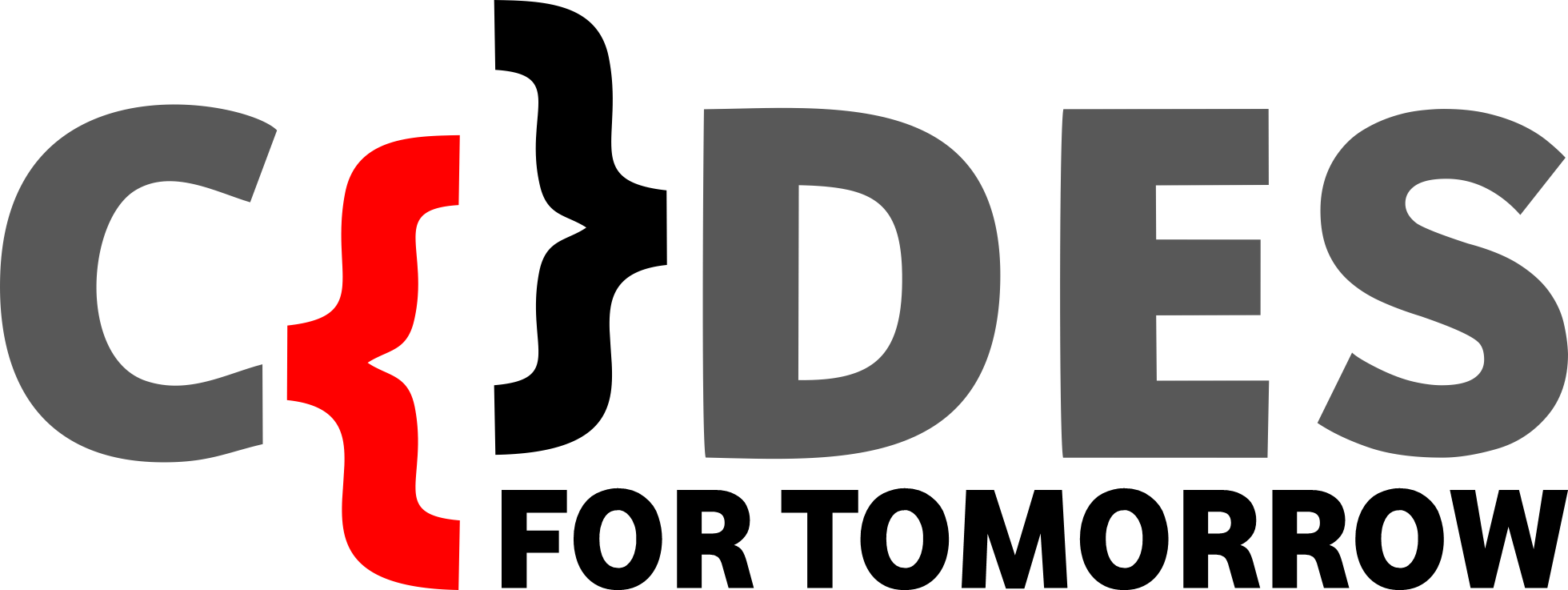How to Build a Scalable and Secure Poker Software Architecture
In today's fast-evolving iGaming landscape, building a successful poker platform goes far beyond just the gameplay. It's about developing a secure, scalable system capable of supporting thousands of users in real time. Whether you're a tech founder, product manager, or investor, understanding the architecture behind such platforms is key to ensuring performance, trust, and global reach.
This guide covers essential technical and business components—from real-time communication to modular backend design—to help you build a future-ready poker game software platform that delivers both seamless user experience and long-term reliability.
Architecting Success: Tech and Business Insights for Poker Platform Builders
Creating a high-performing poker platform means more than just fun and interactive gameplay. It involves designing a secure, reliable, and scalable architecture that can support thousands of concurrent players without lag or disruption.
Whether you're overseeing product development or investing in a poker game development company, the system's architecture is foundational to success. A weak backend can cause significant problems like latency, data breaches, and non-compliance with regulations.
In this guide, we explore the key tech and business components you need—from real-time engines to fraud prevention and payment systems—to build a poker platform that's ready for scale and global growth.
Why Scalability Matters in Poker Software Development
With more players entering the digital poker space every day, expectations are rising. Players want fair, responsive, and lag-free experiences on any device, anywhere in the world. To meet these expectations, your platform must be built on a highly scalable architecture—something top poker game developers focus on from day one.
Scalability ensures the system can handle increased loads—whether from marketing campaigns, tournaments, or regional launches—without compromising performance. Without it, you risk crashes, slow gameplay, or worse, lost users and revenue.
In this section, we dive into the core architectural elements that enable scale: from low-latency communication and modular design to secure payments and international compliance. With the right tech choices, your poker software development project can deliver an experience that grows with your player base.
Tech and Business Planning for Your Poker Platform's Success
From a technology perspective, a future-proof poker platform needs to:
- Run in real time
- Stay secure
- Handle heavy loads without disruption
Choosing the right tech stack, cloud-based server infrastructure, and a modular development approach will help you scale effectively and maintain high performance. Modular architecture, in particular, allows you to roll out new features or enter new markets without costly rework, something every reliable poker software development company should offer.
From a business standpoint, planning should include:
- Market research
- Revenue modeling
- Legal compliance across jurisdictions
- Monetization and retention strategies
Success hinges not only on solid engineering but also on smart business decisions, like integrating localized payment options, acquiring licenses, and offering engaging user experiences that drive loyalty. This is where poker game development services can add significant value for emerging brands.
Key Enablers of Platform Performance
These are the critical technology components your poker software must include to ensure real-time gameplay, scalability, security, compliance, and seamless user experiences:
-
Game Engine
Powers game logic, animations, and player interactions. It enforces rules and ensures smooth, consistent gameplay across sessions and devices. -
Real-Time Communication Layer
Facilitates instant data exchange for live gameplay, chat, and player actions. It reduces latency and keeps gameplay fluid and engaging. -
Scalable Server Infrastructure
Uses cloud-based servers that automatically scale resources up or down based on traffic. This keeps your platform fast and reliable, even during peak times. -
Modular Backend Architecture
Separates features into independent modules (users, payments, gameplay, etc.). This makes updates and scaling much easier and safer, especially helpful when working with professional poker app developers. -
Database Management
Handles secure storage and quick retrieval of user data, game history, and transactions. Supports both real-time operations and analytics. -
Security Systems
Implements encryption, firewalls, and fraud prevention to protect users and ensure platform integrity. -
Payment & Wallet Integration
Supports seamless deposits, withdrawals, and in-game transactions across multiple currencies and payment gateways. -
Admin Dashboard & Monitoring Tools
Gives real-time oversight into user activity, system health, game performance, and revenue, helping operators make quick and informed decisions. -
Compliance and Licensing Layer
Ensures legal operation across regions by managing licenses, enforcing age limits, and integrating responsible gaming protocols. -
Analytics & Logging System
Tracks player behavior, system performance, and gameplay data for insights that drive UX improvement and operational efficiency. -
AI-Powered Intelligence Layer
Applies machine learning for player personalization, fraud detection, gameplay balancing, and more intelligent business decisions.
Architecture Layers to Focus On
To build a high-performance, secure, and responsive poker platform, you need to focus on these core architecture layers:
-
UI Layer (User Interface, Cross-Platform Support)
Delivers a smooth, consistent user experience across devices using responsive design and platform-specific UI optimizations. -
Business Logic Layer
Manages rules and logic for gameplay, scoring, payments, and user actions. Keeps platform behavior consistent and easily maintainable. -
Server-Side Layer
Processes user requests, manages multiplayer interactions, and ensures load balancing for real-time responsiveness. -
Data Layer (DB, Caching, Logging)
Handles efficient data storage, fast access, and event logging for both operational monitoring and user analytics. -
Security & Compliance Layer
Protects the platform from threats, manages authentication, and ensures adherence to gaming laws and standards worldwide. Essential for any poker software providers operating in regulated markets like online poker games in India.
Conclusion: Future-Proofing Your Poker Platform
A successful poker platform isn't just about the game—it's about the system behind the scenes. To meet global demand and player expectations, you need a secure, scalable, and modular architecture that evolves with your business.
By focusing on real-time communication, cloud scalability, AI-powered intelligence, and compliance, you lay the groundwork for a robust platform that grows with your users and stands strong against challenges. With the proper tech foundation and business strategy, you're not just launching a poker game—you're building a trusted global iGaming brand. Whether you're planning to hire poker game developers or partner with the best poker game development company, the choices you make today will define your platform's success tomorrow.
Frequently Asked Question
Ans : Scalability in poker software comes from a modular backend, cloud-based infrastructure, and real-time communication systems that allow the platform to handle thousands of concurrent users without performance issues.
Ans : Real-time communication ensures smooth gameplay, instant user interactions, and responsive game behavior, which are essential for player satisfaction and platform reliability.
Ans : A secure poker platform includes encryption, anti-fraud systems, secure payment gateways, and robust authentication. Partnering with an experienced poker software development company helps enforce these protocols effectively.
Ans : Yes, AI is now widely used in poker software for fraud detection, gameplay balancing, bot detection, player behavior analytics, and personalized user experiences.
Ans : Poker software refers to the backend architecture, security systems, game engines, etc., while poker game app development includes creating user-facing applications for web or mobile platforms.
Ans : Yes, most poker platforms integrate multiple payment gateways to support seamless deposits and withdrawals. Look for providers who support wallet integration, local currencies, and global compliance.







